In the cramped confines of dormitory rooms across America, a peculiar ritual unfolds nightly. Students, bleary-eyed from studying or recovering from social activities, reach for a familiar package: instant ramen. This simple Japanese noodle dish has transcended its humble origins to become the quintessential college food, feeding generations of students with its affordable comfort. The journey of ramen from Tokyo street food to dormitory staple reflects broader cultural and economic shifts in American society.
The relationship between college students and ramen is legendary. When deadlines loom, and bank accounts dwindle, students often think, “I need something to help me do my paper through these late nights.” Ramen answers this call with its perfect combination of convenience, affordability, and satisfaction. The noodles require minimal preparation—typically just boiling water—making them accessible even in the most restrictive dormitory environments where cooking facilities are limited to electric kettles and microwaves.
The Origins of Ramen
Ramen’s roots trace back to China, but the dish as we know it today was popularized in Japan following World War II. During this period of economic hardship, affordable wheat imports from the United States helped establish ramen as a convenient and filling meal for the working class. Street vendors known as “yatai” became popular fixtures in Japanese cities, selling steaming bowls of ramen to hungry workers. These early iterations were far more complex than today’s instant varieties, featuring homemade noodles swimming in rich broths topped with sliced meats and vegetables.
The Global Transformation: Meet Momofuku Ando
The transformation of ramen into a global phenomenon can be largely attributed to one man: Momofuku Ando. In 1958, Ando created the world’s first instant ramen, Chicken Ramen, after extensive experimentation in a shed behind his home. His innovation involved flash-frying noodles after dehydration, creating a product that could be prepared simply by adding hot water. When trying to understand this culinary revolution, many food historians help me do my research paper by pointing to this moment as the critical turning point in ramen’s global journey.

https://unsplash.com/photos/a-bowl-of-ramen-noodles-on-a-table-MdSNOOP6VLw
The Instant Ramen Boom in the U.S.
Ando’s company, Nissin Foods, introduced Cup Noodles in 1971, further revolutionizing the convenience food market with its all-in-one container that eliminated the need for separate cookware. This innovation coincided with America’s growing fascination with Japanese culture and cuisine. By the 1980s, instant ramen had firmly established itself in American grocery stores, offering an inexpensive meal option that appealed to budget-conscious consumers—particularly students.
Go-To College Food
The economics of ramen’s popularity among college students is straightforward. With packages often costing less than a dollar, ramen offers unmatched caloric value. This affordability became even more crucial as college expenses soared in the late 20th and early 21st centuries. When help me do my research paper cheap was a common student search term, the parallel to their food choices became apparent—both represent attempts to stretch limited resources while meeting basic needs.
The nutritional profile of instant ramen, however, presents concerns. A typical package contains high levels of sodium, refined carbohydrates, and preservatives, with minimal protein, fiber, or essential vitamins and minerals. Nutritionists have long cautioned against relying too heavily on ramen as a dietary staple. Yet, for many students, nutritional considerations take a backseat to economic necessity and convenience.
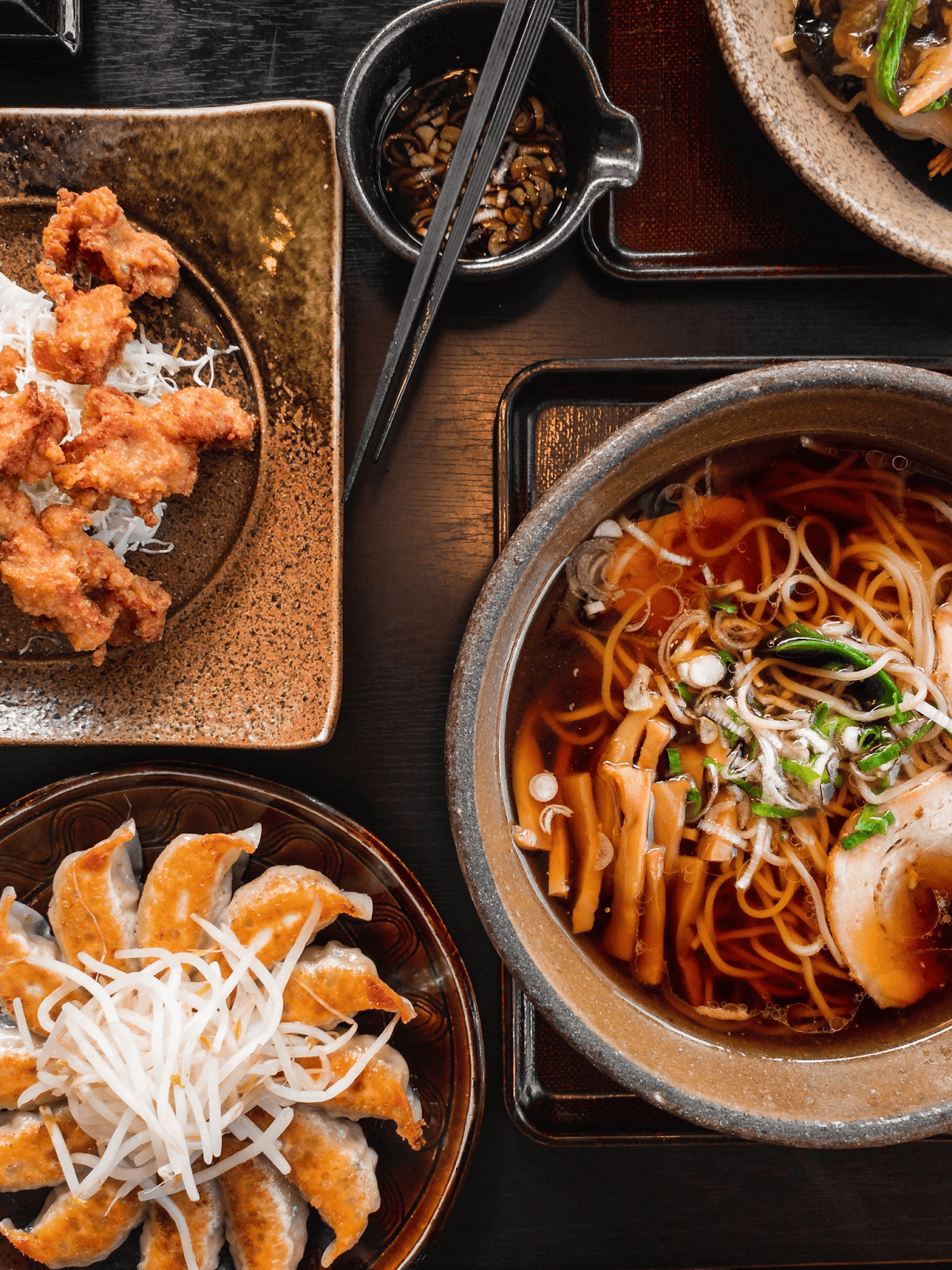
https://unsplash.com/photos/pasta-dish-in-stainless-steel-bowl-6uTQmtqcAzs
Ramen Hacks: The Art of Customization
Beyond mere sustenance, ramen has developed a cultural significance on college campuses. Students share “ramen hacks”—ways to elevate the basic noodles with affordable additions like eggs, vegetables, or hot sauce. You can even eat it cold. These customizations reflect a desire to help me to do my research paper help writing a paper is similar to personalizing a basic ramen bowl—both start with a template that is then made uniquely one’s own through individual touches and additions.
The Rise of High-End Ramen Shops
The 2000s witnessed a gourmet ramen renaissance in American cities. High-end ramen shops began appearing in urban centers, offering authentic Japanese varieties with handmade noodles, 12-hour broths, and premium toppings—a far cry from the instant varieties familiar to college students. This trend elevated ramen’s cultural status from budget necessity to culinary experience, though the price point of these gourmet versions kept them largely out of reach for the average student.
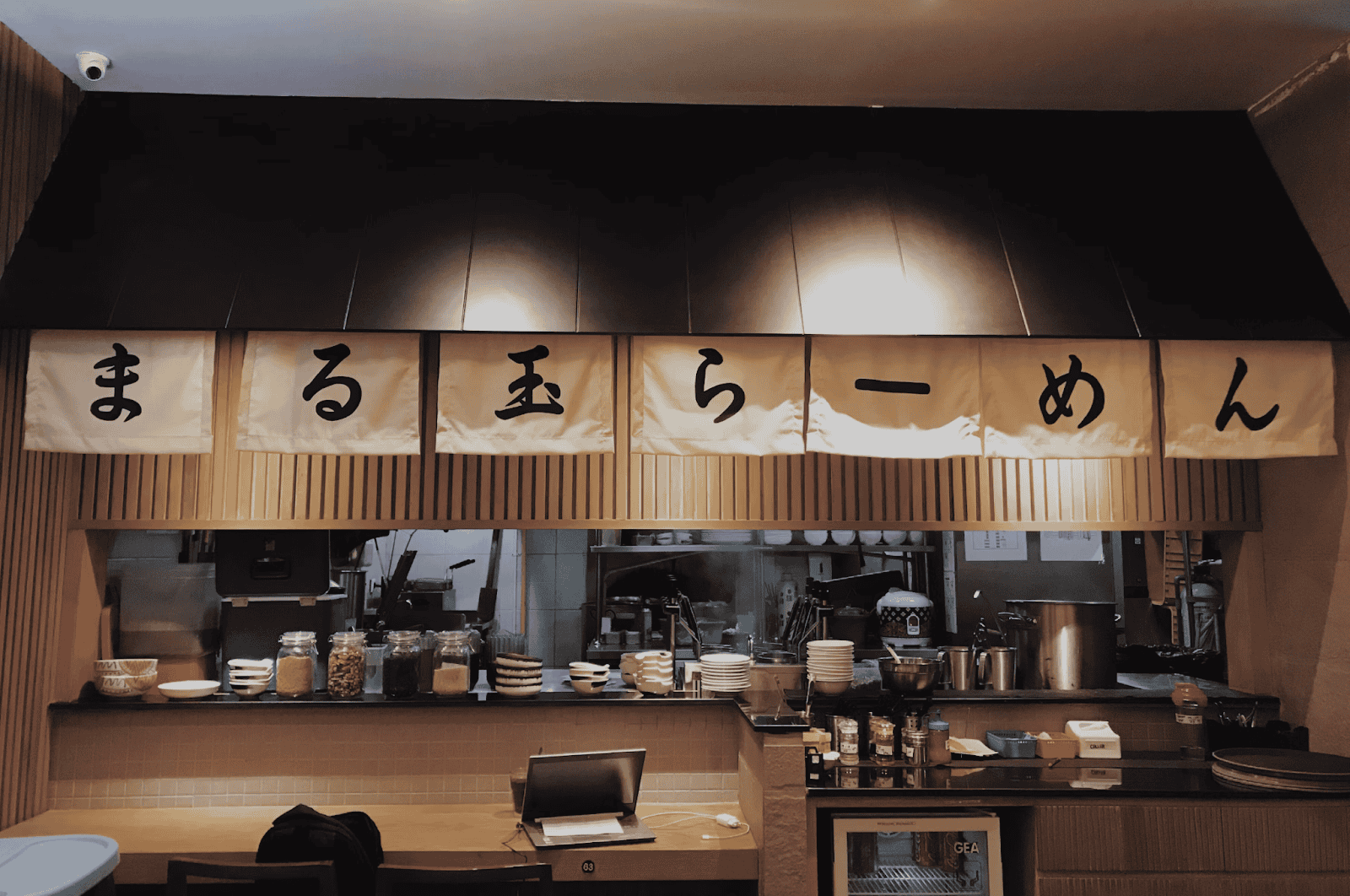
https://unsplash.com/photos/white-kanji-script-poster-vuZJ1VRHNF4
Social media accelerated this transformation, with elaborately crafted ramen bowls becoming Instagram favorites. Food enthusiasts would hire professional paper writers to create content about culinary trends just as they might seek out specialized ramen chefs to experience authentic versions of the dish. This parallel economy of expertise—whether in food or academics—reflects how specialized knowledge is valued in contemporary culture.
Ramen’s Resilience During the Pandemic
Despite the artisanal ramen boom, instant varieties remain a fixture in college life. The pandemic actually reinforced this relationship, as students dealing with campus closures, remote learning, and economic uncertainty turned to familiar comforts. Ramen sales surged during this period, with many adults rediscovering the nostalgic flavors of their college years.
Premium Instant Ramen: Bridging the Gap
Recognizing this enduring market, manufacturers have introduced “premium” instant ramen lines featuring better ingredients, more sophisticated flavor profiles, and fewer preservatives. These products attempt to bridge the gap between budget instant ramen and gourmet restaurant versions, appealing to students with slightly more discriminating palates or health concerns.
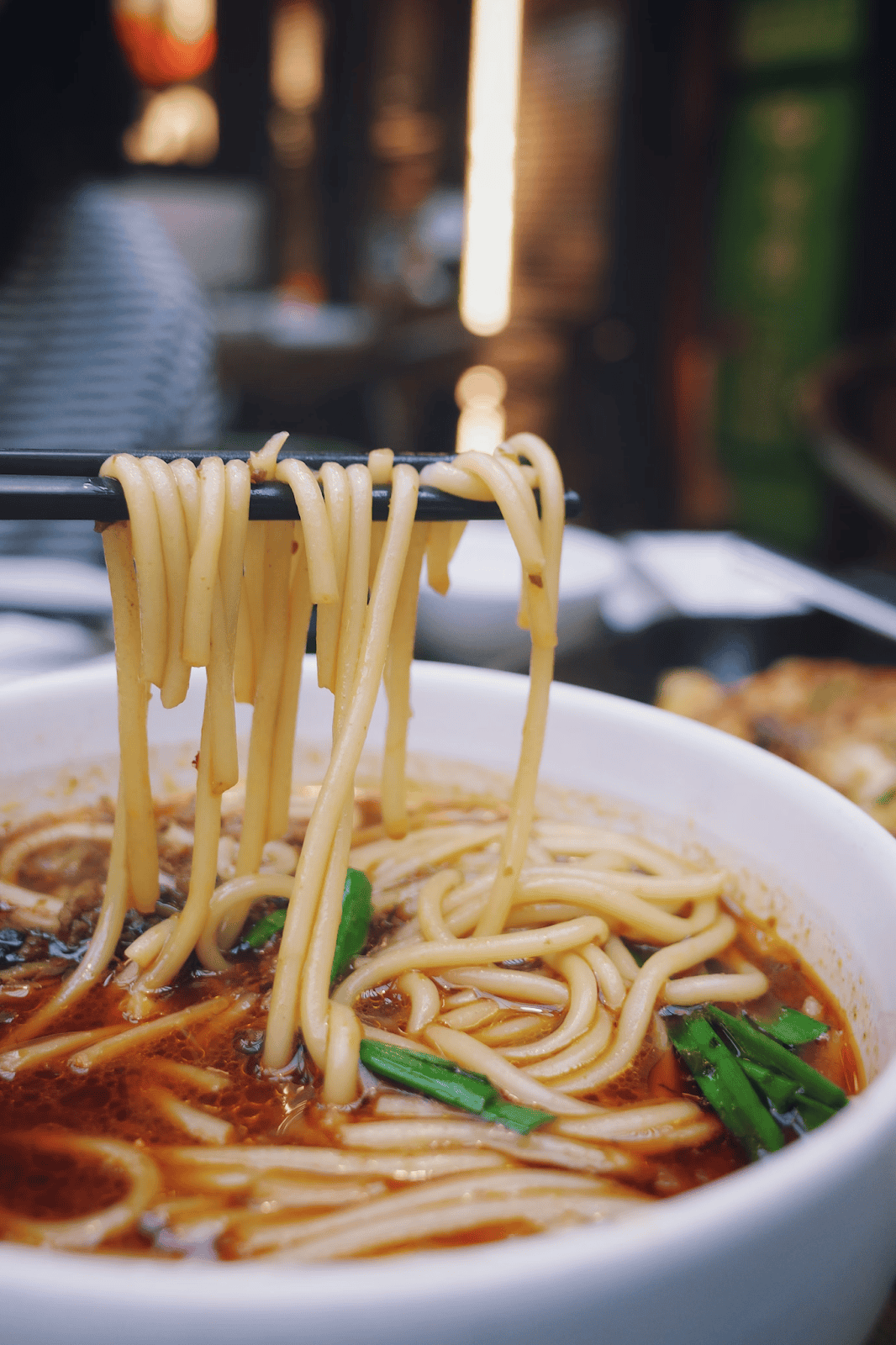
https://unsplash.com/photos/white-ceramic-bowl-with-pasta-dish-7gG9vyg20ls
The Future of Ramen in College Culture
As we look to the future, ramen’s place in college culture seems secure, though evolving. New international noodle varieties like Vietnamese pho and Korean ramyeon are gaining popularity, diversifying the instant noodle landscape. Meanwhile, the proliferation of small cooking appliances designed for dormitory use, such as electric pressure cookers, has expanded students’ culinary options.
The story of ramen’s journey from Japanese comfort food to college staple reflects broader narratives about globalization, economic pressures on students, and the tension between convenience and nutrition. In those late-night study sessions, when a student boils water for their ramen, they participate in a cultural tradition that spans continents and generations—a simple act connecting them to millions of others who have sought comfort and sustenance in a humble bowl of noodles.
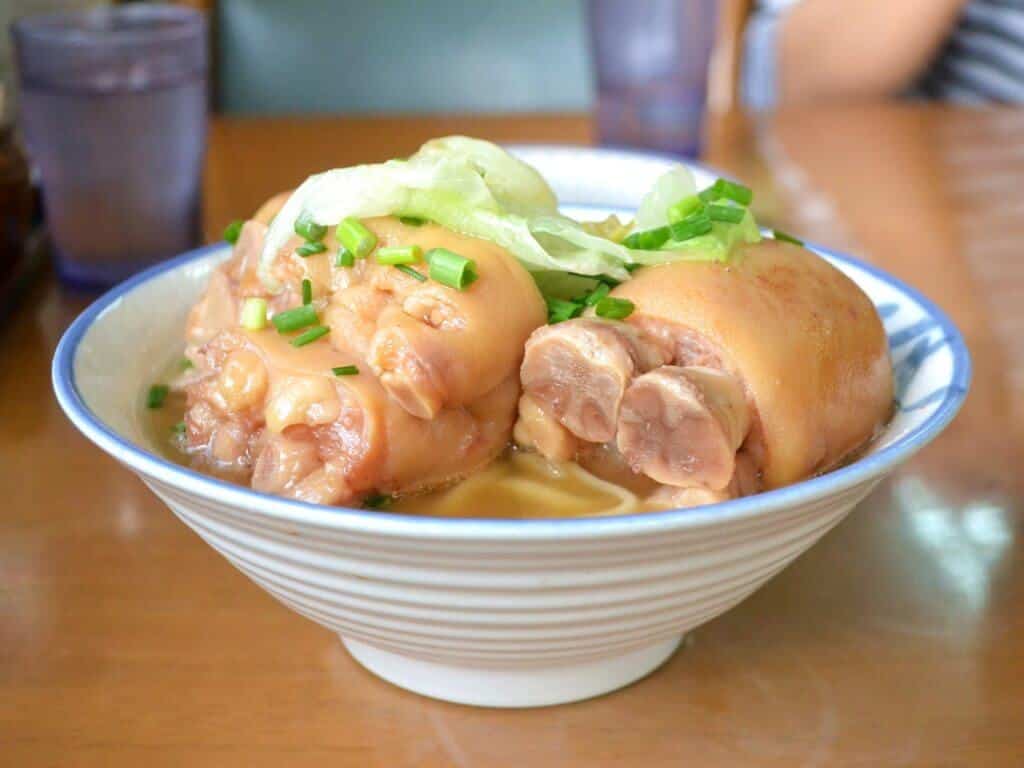

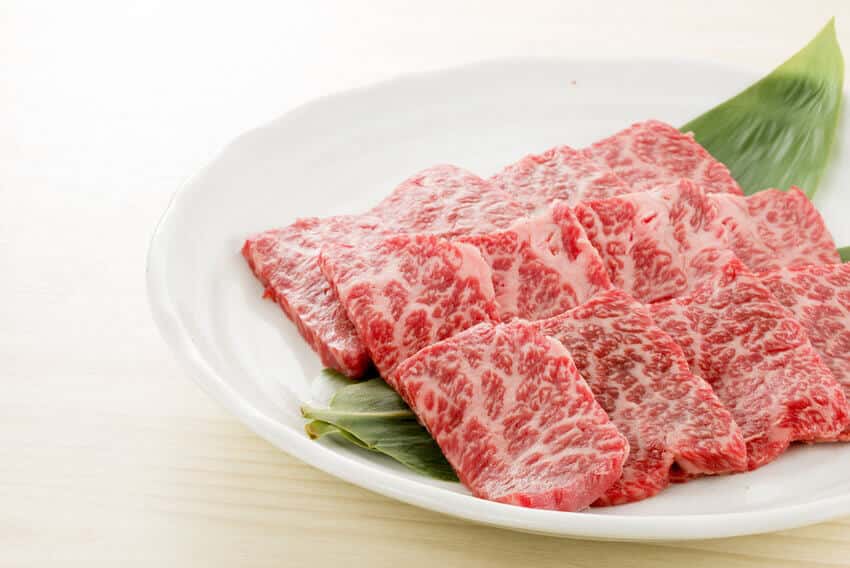
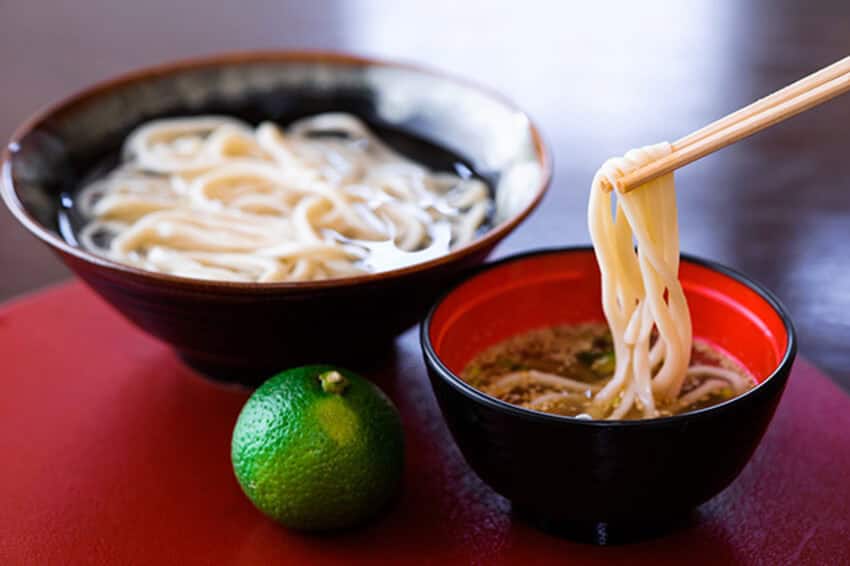
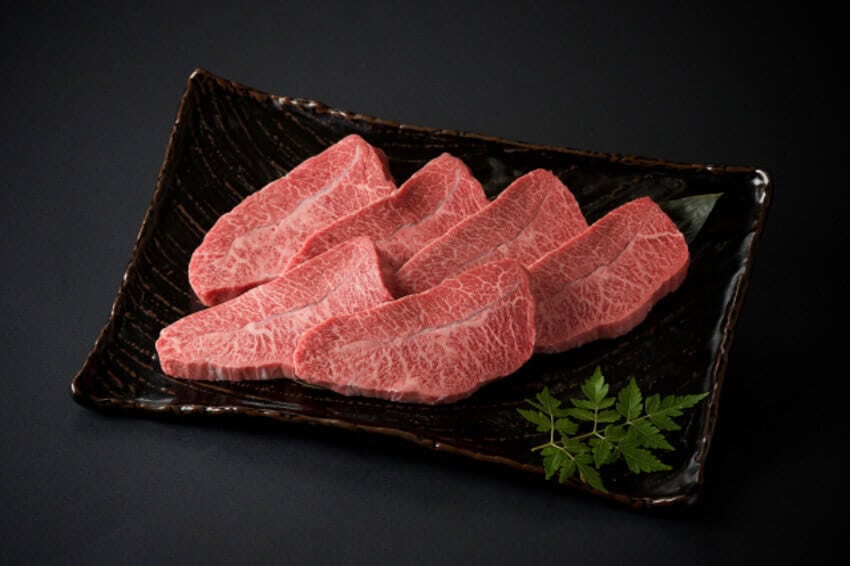

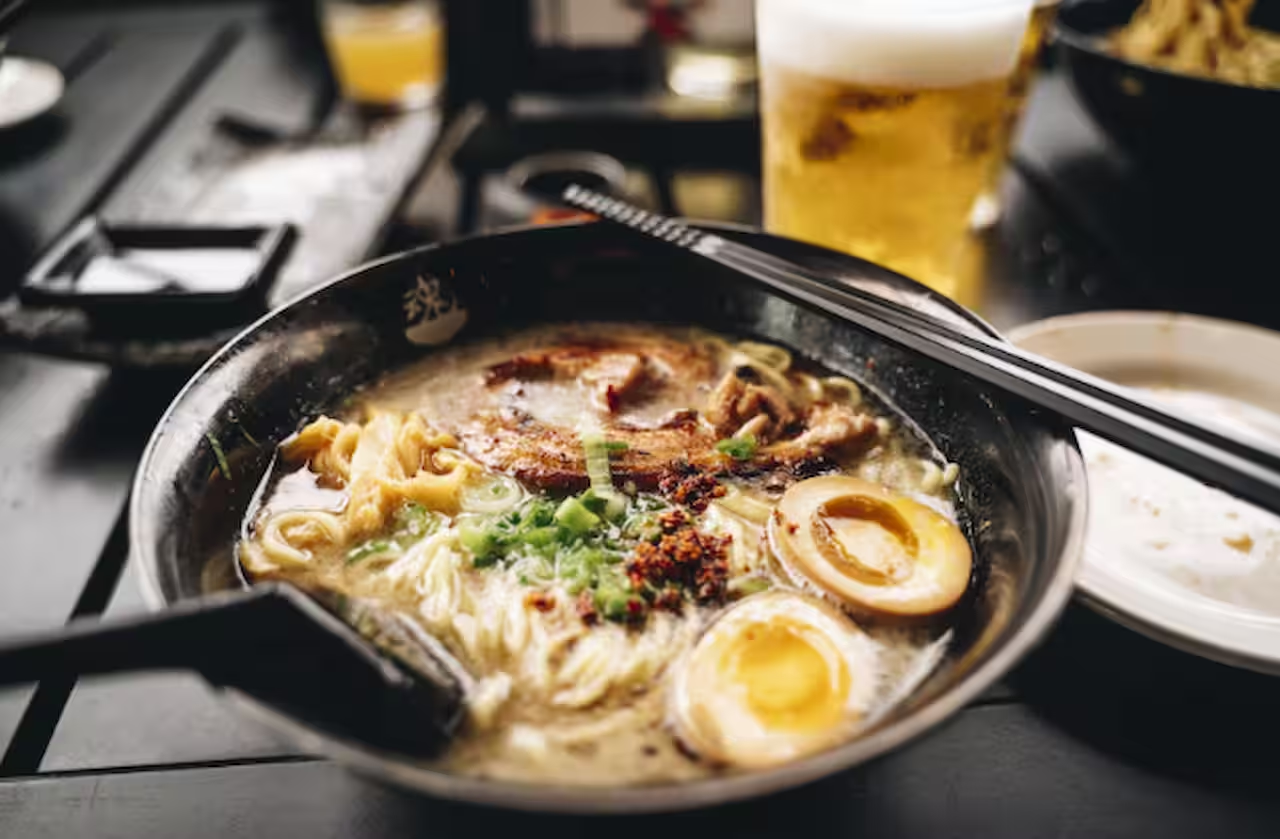
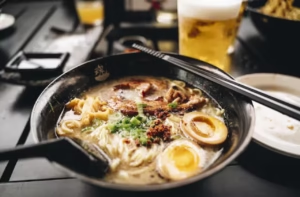





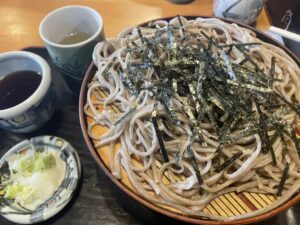

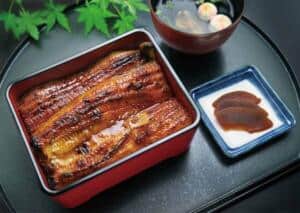
Comments